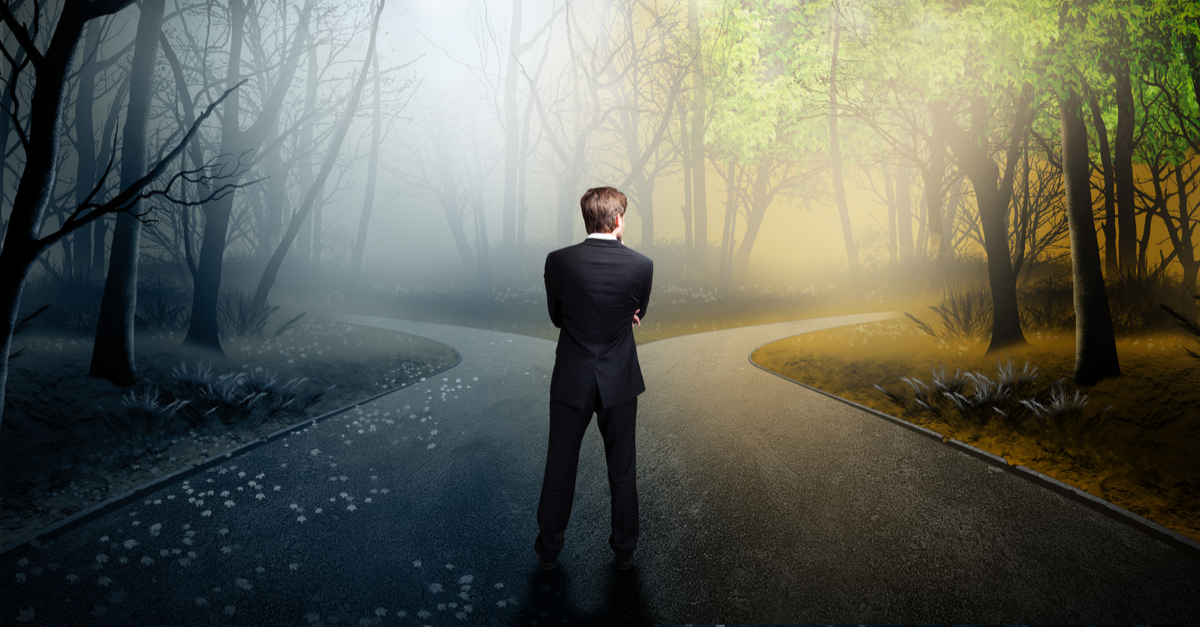 Dr. David Fawcett
Dr. David Fawcett
The first step in managing chemsex triggers and cravings is to develop a comprehensive list of potential triggers. It is even more helpful to identify which situations have been the most triggering recently. This will give you some concrete material around which to start building a plan. As more come to mind, they should be added to the list.
The most direct way to manage cravings in early recovery is to avoid triggers altogether if possible. Sometimes this is easier said than done, as many unavoidable things in life can trigger you to want to use and act out. The most common will be people, places, things, situations, and times of day.
Underneath many of these external triggers are internal emotional, mental, and psychological states that can drive you to compulsively seek out drugs and sex. If you become triggered, it is imperative for you to be able to identify it and take action as early as possible. When triggered, you may start to feel like you are in a bubble; the world disappears, you become hyper-focused, and your heartbeat increases. You may also feel clammy and start engaging in ritualistic behaviors. It is essential to identify the thoughts, emotions, behaviors, and body sensations that you experience when you are triggered.
Ultimately, it is very important to start building coping skills to effectively deal with these states and even prevent them from occurring in the first place. There are a few key strategies for dealing with cravings. You can distract yourself by doing something physical, such as taking a walk, getting exercise, or doing some deep breathing. If you are in a situation that is increasing your feelings of craving, then you should leave and go somewhere safe. Eat something, drink something, do something – anything that will assist you in shifting that energy of craving. Different methods of distraction and tension release will work for different people. Find out what works for you.
Another effective way of dealing with a craving is to talk to somebody about it while it’s occurring. Don’t wait to reach out. Calling someone and talking can not only distract you from the craving, it can reduce the feelings of anxiety and vulnerability that may accompany it.
Who are five people you can call when you are triggered? Practice using the phone ahead of time, especially when you’re having a good day. Nurturing these supportive relationships will not only make it easier for you to pick up the phone when you are feeling triggered, it will help alleviate feelings of loneliness and disconnection that lead you to want to use and sexually act out in the first place.
Riding the wave is another way of dealing with craving. Riding the wave involves allowing the craving to occur, peak, and pass. Instead of fighting or giving in to the thoughts or drive to use, just sit with it. This means paying attention to the experience of craving. Identify specifically where in your body you are experiencing it. What does it feel like, how strong is it, and does it move or change? Many times, this process can cause the craving to come and go, although having a mindfulness practice in place ahead of time will be very helpful in enacting this strategy.
One of the things that can lead to or strengthen a craving is euphoric recall, which occurs when you selectively remember only the pleasurable aspects of acting out. You may start fantasizing about cocaine and sex workers, chemsex and the rush of taking your first hit, or the cascading and dissociative effect of having sex while high on pills or pot. Pour some cold water on this process by recounting the negative and distressing aspects of using and its aftermath. Basically, you need to tamp down the flame of euphoric recall. Having an index card or a note on your phone listing all the negative consequences of your substance/sex behavior can be helpful in this regard.
It is also important to identify some of the automatic thoughts that come to mind when you are triggered so you can challenge those thoughts. For example, you may have a thought that tells you, “I feel like using, and I will always feel this way, so I might as well do it.” You can challenge this thought with self-talk by consciously saying to yourself, “Although I feel like using at the moment, I know this will pass and it is not forever, and I will be grateful and relieved that I didn’t.” This could also be done via journaling, which has the effect of slowing down the mind while also providing you with an opportunity to talk yourself out of relapsing.
The foundational element of all these on-the-spot interventions is realizing ahead of time that it is normal to get triggered and to experience craving. Although it is uncomfortable to feel cravings and the desire to act out, reminding yourself in the moment that you can get through it and taking action to help yourself stay sober will greatly diminish the likelihood of your using.
